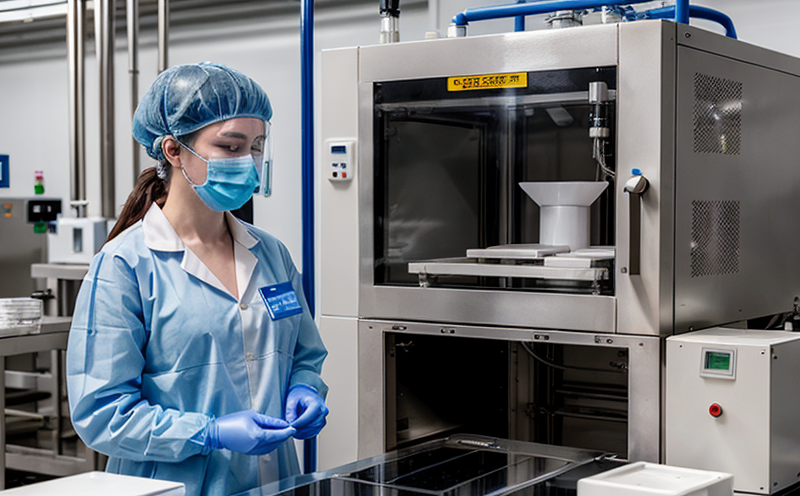GMP Container Closure Integrity Testing
In the pharmaceutical industry, Good Manufacturing Practice (GMP) is a cornerstone of ensuring product quality and safety. Compliance with GMP regulations is not merely optional; it's a legal requirement enforced by regulatory bodies worldwide. One critical aspect of GMP compliance in pharmaceutical manufacturing is container closure integrity (CCI) testing.
The primary goal of CCI testing is to verify that the containers used for storing, transporting, and dispensing drug products maintain their seal integrity throughout the supply chain. This ensures that the product remains sterile and free from contamination until it reaches the patient. In this article, we will delve into GMP Container Closure Integrity Testing, its applied standards, benefits, use cases, and frequently asked questions.
GMP CCI testing is essential for pharmaceutical companies to meet regulatory requirements set forth by agencies such as the FDA, EMA, and WHO. The tests are designed to ensure that containers do not leak, crack, or allow any form of contamination from external sources. This ensures drug products remain safe and effective throughout their shelf life.
The testing process involves various techniques such as pressure decay, helium mass spectrometry (HMS), and visual inspection. These methods are chosen based on the type of container and the product being tested. For instance, HMS is particularly useful for detecting leaks in small containers like vials or ampules due to its high sensitivity.
CCI testing plays a crucial role in ensuring patient safety and regulatory compliance. The tests must be conducted under controlled conditions with precise instrumentation to ensure accurate results. Compliance officers, quality managers, R&D engineers, and procurement teams rely on these tests to verify that the containers meet GMP standards.
Applied Standards
| Standard | Description |
|---|---|
| ISO 11607:2019 | This standard provides guidelines for the testing of container closure systems used in medical devices. It covers pressure decay, helium mass spectrometry (HMS), and other relevant methods. |
| ASTM F2096-18 | This standard specifies requirements for the testing of container closure systems to ensure their integrity. It includes both visual inspection and pressure decay tests. |
Benefits
- Enhances patient safety by ensuring drug products remain sterile and free from contamination.
- Avoids costly recalls and legal issues associated with contaminated or compromised product containers.
- Safeguards the reputation of pharmaceutical companies, maintaining consumer trust in their products.
- Ensures compliance with stringent regulatory requirements such as those set by FDA, EMA, and WHO.
Use Cases and Application Examples
| Use Case | Description |
|---|---|
| Vial Testing for Injectable Medications | In this use case, vials are tested using helium mass spectrometry to detect any leaks or breaches in the container closure. This ensures that the injectable medication remains sterile and free from contamination. |
| Blister Pack Testing for Oral Medications | Blisters are inspected visually and pressure decayed to ensure their integrity. This is particularly important for oral medications as any breach can lead to exposure to moisture or other contaminants. |





